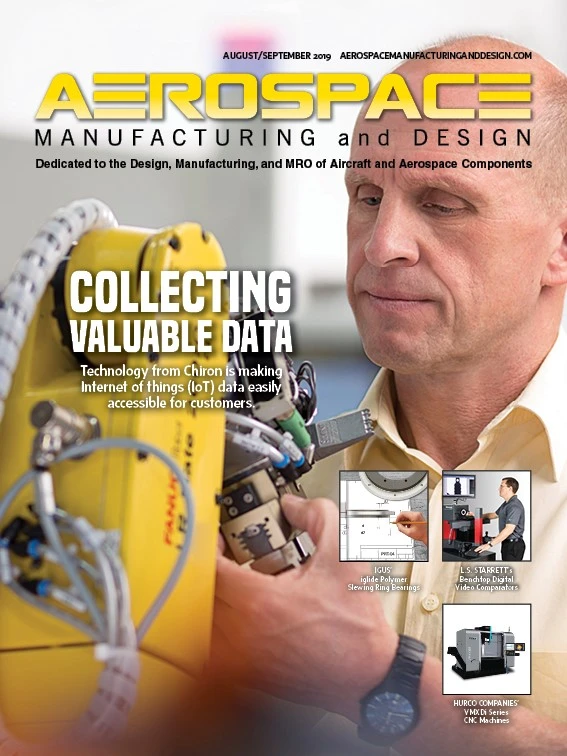
topcoat, which is safer for the environment and easier to apply.
The U.S. Naval Research Laboratory (NRL) Center for Corrosion Science and Engineering has developed a safer, more user-friendly topcoat for the exterior of Navy and Marine Corps aircraft.
The new topcoat, a one-component (1K) polysiloxane based on organosilane polymers, is free of the harmful isocyanates and other hazardous air polluting (HAP) chemicals found in two-component (2K) polyurethane topcoats currently used on Department of Defense (DOD) and commercial aircraft.
Erick Iezzi, Ph.D., senior research chemist at NRL, and engineers at Naval Air Warfare Center – Aircraft Division, applied the topcoat on a U.S. Navy F/A-18 Hornet at Naval Air Station Patuxent River, Maryland, and on Marine Corps UH-1Y Venom and AH-1Z Viper helicopters at Marine Corps Air Station New River, Jacksonville, North Carolina, and Marine Corps Base Camp Pendleton, California.
The topcoat on these aircraft is scheduled for a 1-year to 2-year evaluation period.
“We’re very proud of this achievement,” Iezzi says. “Polyurethane topcoats have existed for several decades, yet within a few years we’ve been able develop an environmentally friendly alternative that provides similar laboratory performance and is easy for painters to use.”
According to the Occupational Safety and Health Administration (OSHA), exposure to isocyanates can irritate skin and mucous membranes and cause chest tightness and difficulty breathing. HAPs are also classified as potential human carcinogens. Isocyanate exposure can also cause sensitization, resulting in severe asthma attacks upon subsequent exposures, even at low levels.
Replacing isocyanates with polysiloxane provides a safer coating for painters and anyone nearby. The 1K topcoat also contains lower levels of volatile organic compounds, which harm air quality during spray applications.
The topcoat does not require metering or mixing of components because all chemicals are in a single container, reducing preparation time and providing a more homogeneous color. Containers are resealable for future use, reducing hazardous waste generation and disposal costs.
The topcoat applications were coordinated with the Naval Air Systems Command and sponsored by the Defense Department’s Environmental Security Technology Certification Program (ESTCP) with contributing funds from the Office of Naval Research (ONR).

Explore the August September 2019 Issue
Check out more from this issue and find your next story to read.
Latest from Aerospace Manufacturing and Design
- Piasecki acquires Kaman's KARGO UAV program
- PI Americas’ long-travel XY piezo nanopositioners-scanners
- AAMI project call submission deadline extended to May 12
- Jergens launches cast iron tooling column additions
- Airbus to acquire assets relating to its aircraft production from Spirit AeroSystems
- FANUC America's Cobot and Go web tool
- Chicago Innovation Days 2025: Shaping the future of manufacturing
- High-density DC/DC converters for mission-critical applications





